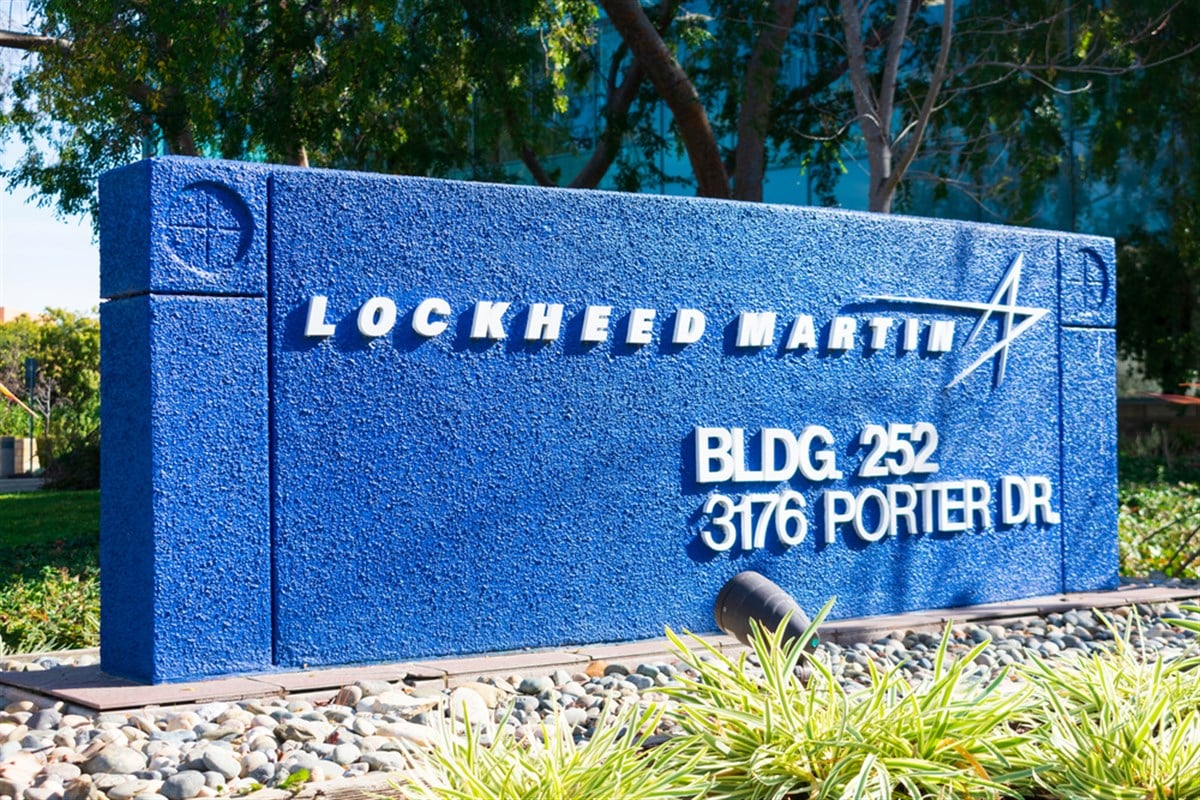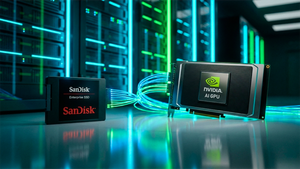
The whole world has turned its attention to the escalating conflicts in the Red Sea involving United States and United Kingdom military personnel. While the media may underplay the significance of this issue, you may worry about its current positioning, as you can always make money in special situations like this one.
While there is a place in this dilemma for a bullish case in oil stocks, names like Transocean Ltd. (NYSE: RIG) and Hess Corporation (NYSE: HES) appear. Defense stocks involved with the troops in contact over the region could be first in line to receive new inflows of government contracts to provide the needed equipment to resolve the issue.
For this and many other reasons, names like The Boeing Company (NYSE: BA), Lockheed Martin Corporation (NYSE: LMT) and Northrop Grumman Corporation (NYSE: NOC) have hit the spotlight for markets and analysts. Riding on one of Wall Street's most prominent names outlook on the economy, the defense manufacturing sector has attracted a lot of eyeballs, even before the Red Sea conflict began to escalate.
Hiding in plain sight
Out of these defense stocks considered, Boeing carries confusion and hidden optimism. The stock sold off by as much as 25% over the past month after its incident regarding an Alaska Air Group (NYSE: ALK) flight.
The stock brought an attractive level for traders to accumulate positions ahead of the earnings announcement on January 31.
Within the company's investor relations website, you can find news feeds for when management announces new orders or already-filled orders. Over the past quarter, none of these orders have included the faulty — and temporarily grounded — 737 MAX 9 jet, meaning that the stock price hiccup could right itself on an earnings beat.
The stock has reached the $198-$200 a share price level and swiftly bounced right back from it a third time this week, increasing the odds of making that price range a "basement" of demand, where traders in the know are willing to place enough pressure to stop the stock from falling further.
Typically, markets are willing to overpay for a stock promising more aggressive earnings growth shortly, so Boeing stock takes the helm of market favoritism on a forward price-to-earnings ratio basis. The defense industry carries an average forward P/E of 16x, whereas Boeing commands a 57.2% premium valuation in its 25.1x multiple.
Despite the current incidents, analysts still project a 133% jump in earnings per share for Boeing in the next 12 months, significantly above the industry average of 14.8%. The price premium is justified, and perhaps even a jump in price on an earnings beat, but who knows?
If the recent airline incidents pose too much risk for you, it is time to check what markets and analysts feel about Lockheed and Northrop. A perfect trio of choices should be enough to get your portfolio ready.
Follow the lead
Because analysts at The Goldman Sachs Group (NYSE: GS) rolled out their expectation for a manufacturing activity breakout in the United States economy, many investors may already be fishing within the space. A sudden conflict like the Red Sea could act as the spark to light up a buying spree.
Studying the sector further would return nothing exciting for these two stocks, as analysts only see 12.4% EPS growth for Northrop and 8.8% for Lockheed, both below the industry average of 9.3%.
These projections are directly tied to their valuation discounts, as Northrop brings a 0.5% discount to the sector's average forward P/E. In comparison, Lockheed falls behind the industry by 6.5%.
Now, there was no way for analysts to predict sudden military conflicts aiding the future prospects for these companies, so the EPS projections – and valuations – could soon change.
Considering that these two stocks just sold off on recent earnings announcements, you could consider buying the dip and lining yourself up for a potential recovery once the rising possibility of new contracts in the following quarterly results.





